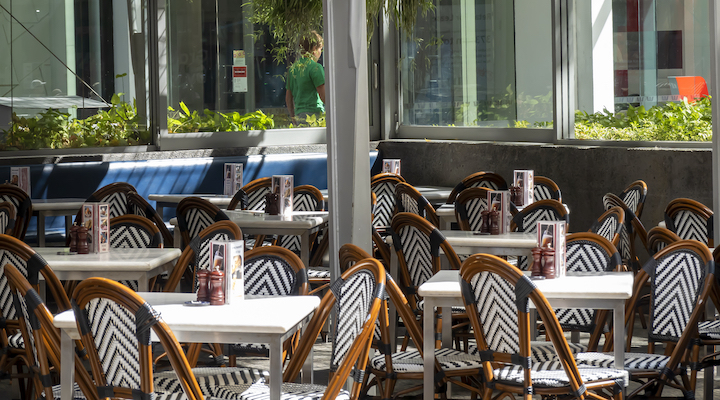New ABS data has revealed a third consecutive quarter of declining retail sales measured by volume, effectively showing the nation’s ‘retail recession’ has now extended to nine months.
Volume data excludes the impact of inflation on retail sales, which have been trending up for much of this year.
The last time there were three consecutive quarters of declining retail volume sales was in 2008 – at the time of the Global Financial Crisis.
ABS figures show a sales decline of 0.5 per cent for the June quarter, which followed declines of 0.8 per cent in the preceding quarter and 0.4 per cent in the three months to December 31.
ARA CEO Paul Zahra said the decline demonstrates a continued slowdown in consumer spending – and adds to the pressure retailers are already under as the cost of doing business skyrockets.
“Retailers are seeing less demand at a time where wages, rents, insurance, utilities, supply chain and materials are all increasing in cost,” said Zahra.
“Sales volumes are a good indicator of the health of retail as sales revenue numbers can mask pricing and hence, profitability.”
Zahra used the data as the reason why the Reserve Bank should continue to show restraint in future interest rate decisions following this week’s decision to hold the base rate.
For the month of June, volume sales fell by 1.2 per cent year on year. By category, food retailing sales volume was down 0.7 per cent and for the first time since September 2021’s pandemic lockdowns, sales at cafes, restaurants, and takeaway food services dropped, albeit by a modest 0.1 per cent.
Sales of household goods were down by 1.5 per cent by volume, and in department stores by 1.4 per cent.
“Clothing and apparel sales received a sugar-hit due to increased promotional activity with heavy discounting heading into winter clearance sales events,” Zahra noted, with volume sales up by 1.1 per cent and the only category to show growth for the quarter.
“Most other categories suffered as a result of consumers prioritising essentials like food and cutting back on discretionary spending.”
This story first appeared on our sister publication Inside Retail















